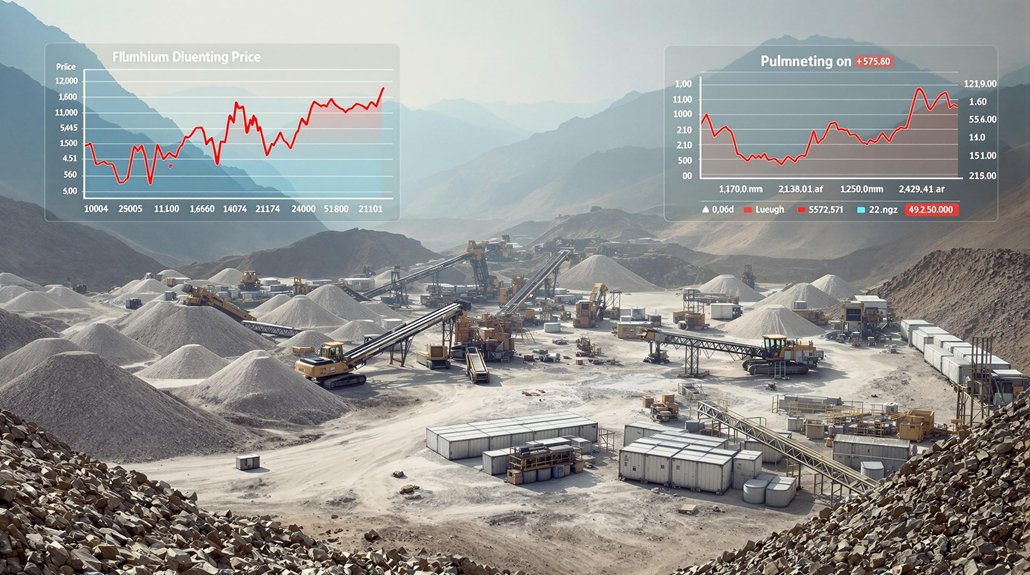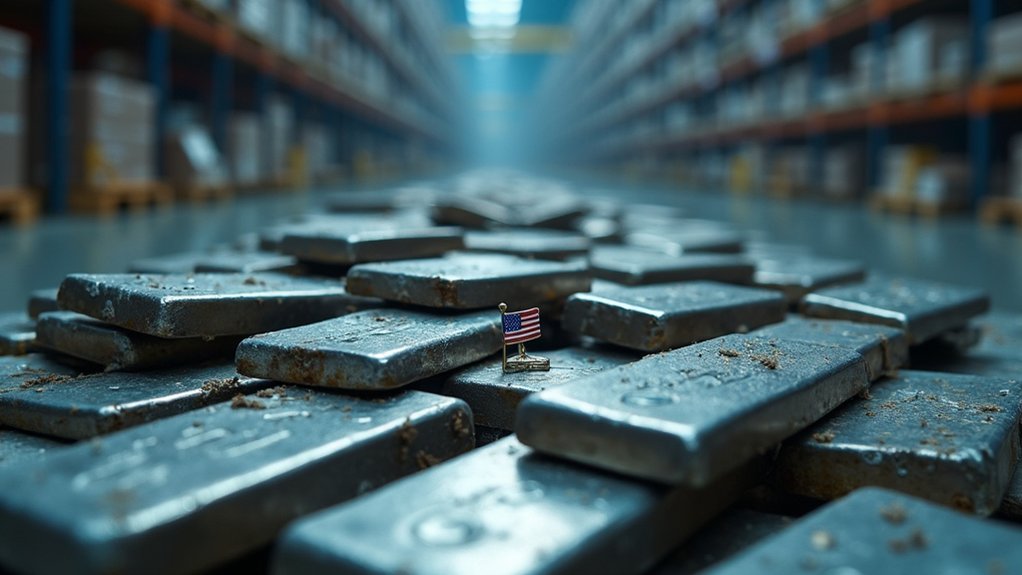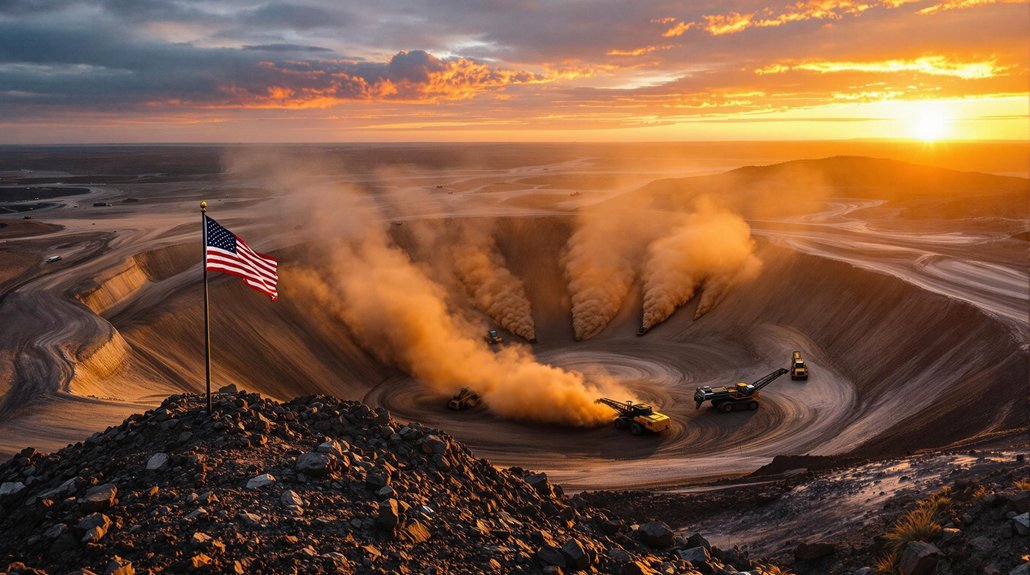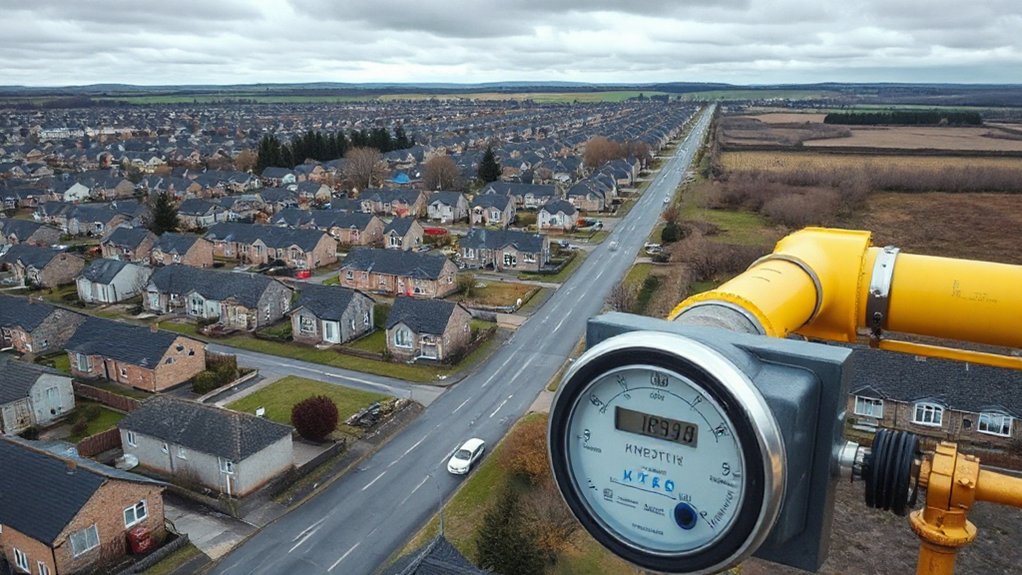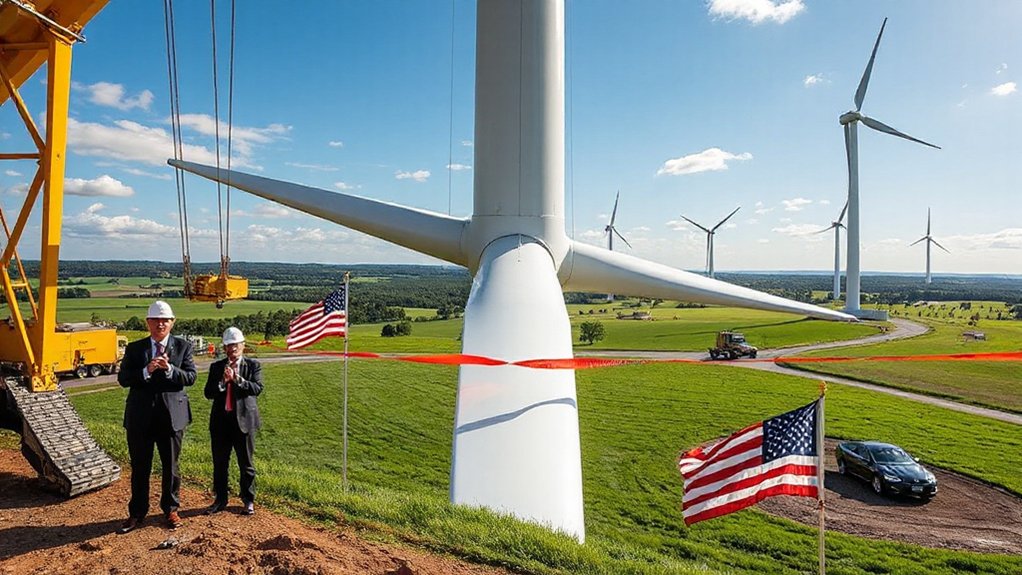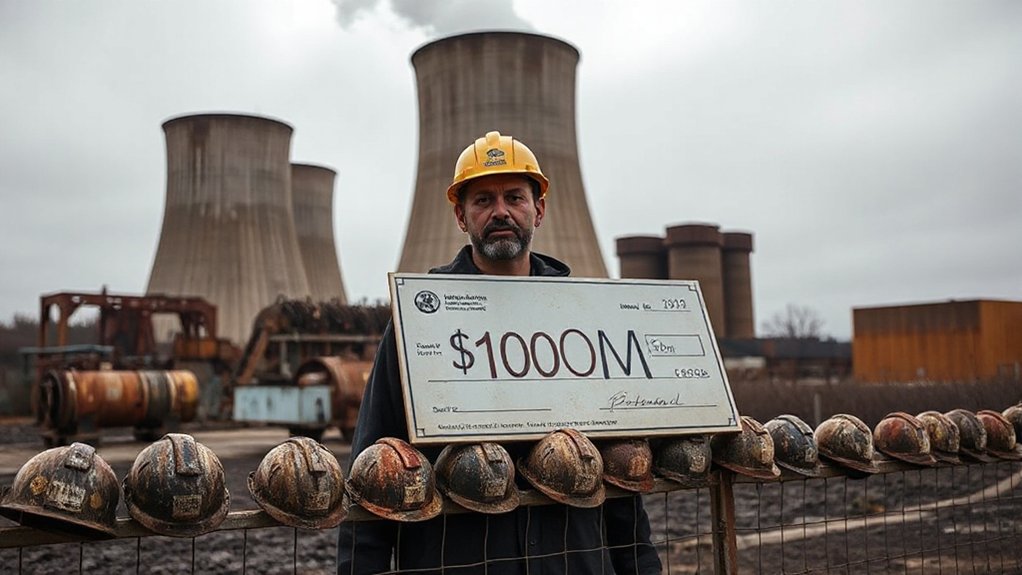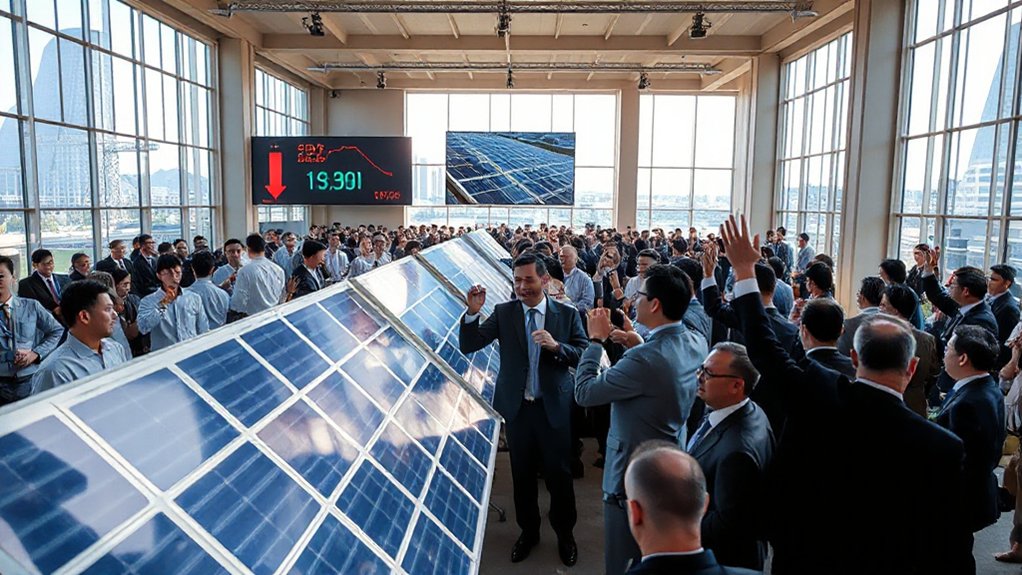China’s lithium industry faces a severe crisis as massive discoveries since 2021 created an overwhelming oversupply. Prices collapsed by over 86% from their peak, forcing companies to suspend operations. China now holds 16.5% of global reserves, up from just 6%. U.S. officials accuse China of intentional overproduction to eliminate competition. Analysts predict the surplus will shrink by 2025, with prices potentially stabilizing as EV demand continues to grow.
China’s massive push to become a lithium powerhouse has dramatically backfired, sending global prices crashing to historic lows. Since 2021, China has discovered more than 30 million metric tons of lithium ore. These findings helped China jump from sixth to second place globally in lithium reserves, now holding 16.5% of the world’s total, up from just 6% previously.
The surge in production has created a massive oversupply problem. Lithium carbonate prices have plunged 87.3% from their November 2022 peak. By February 2025, prices fell below $10,000 per metric ton. This represents an 86% drop over the past two years. UBS forecasts indicate a 25% supply increase this year, further exacerbating the market imbalance. Experts predict the global supply-demand gap won’t close until 2028.
Chinese lithium companies are feeling the pain. Many chemical converters now operate at a loss. Major players like CATL have suspended mining activities in Jiangxi province. Other companies, including Jiangxi Jiuling Lithium and Jiangxi Magao New Materials, have halted production operations both domestically and abroad.
The crisis has spread globally. Australian companies are scaling back feasibility studies. Arcadium Lithium suspended production at its Mt Cattlin site. Smaller miners struggle to survive without financial support. Meanwhile, larger firms like Rio Tinto have acquired struggling competitors.
U.S. officials accuse China of intentionally overproducing lithium. They claim it’s a strategy of “predatory pricing” to eliminate competition and hinder supply diversification efforts. China now controls about two-thirds of the world’s lithium chemical output. The European Union has responded by imposing tariffs on Chinese electric vehicles.
Despite the oversupply, China’s EV market remains the largest contributor to lithium demand. The country doubled EV subsidies in July, benefiting over 5 million cars. The global lithium surplus is expected to shrink significantly in 2025 as mine closures continue around the world.
Analysts expect lithium prices to stabilize in 2025, with Project Blue forecasting an average price of $11,092 per metric ton. However, experts caution that significant price increases are unlikely, as production can scale up quickly if needed.
